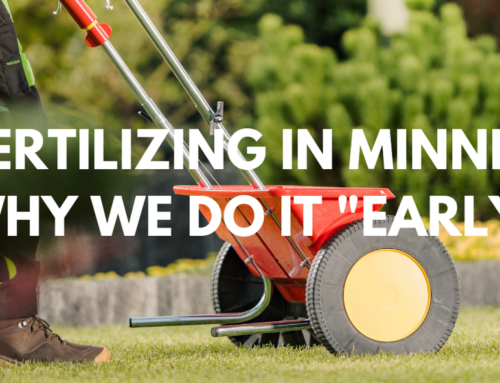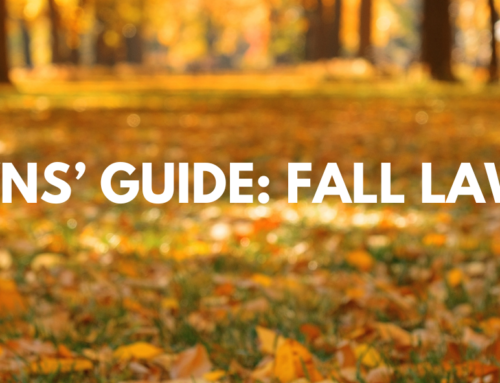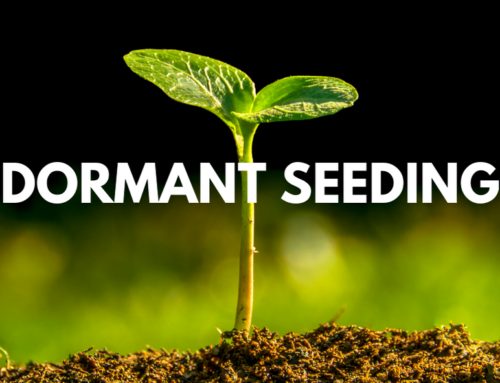What Are The Benefits?
- Boosted Nutrient Absorption: Aeration opens up pathways for vital nutrients to penetrate deep into the soil, fueling robust growth and vibrant color.
- Improved Soil Structure: Say goodbye to compacted soil! Aeration loosens things up, allowing roots to spread out freely for healthier, stronger grass.
- Better Oxygen Circulation: Healthy roots need oxygen, and aeration ensures they get it by improving airflow to the root zone.
- Less Thatch, More Action: Aeration breaks down thatch, promoting a healthier lawn ecosystem with reduced buildup.
- Efficient Water Infiltration: No more runoff or puddles! Aeration helps water seep into the soil, reducing waste and ensuring even moisture distribution.
- Stronger Root Growth: Deeper roots mean a tougher lawn. Aeration encourages roots to delve deep, making your grass more resilient against tough conditions.
- Uniform Growth: No more patchy lawns! Aeration promotes even growth, giving you that picture-perfect carpet of green.
- Maximized Product Effectiveness: Get the most out of your lawn care products! Aeration ensures they reach the root zone for better results.
The Signs Your Lawn Needs Aeration
Excessive Thatch Buildup: Thatch, a layer of dead grass and organic matter, can accumulate on the soil’s surface. While a thin layer is beneficial, an excessive buildup can hinder water and nutrient flow. If your lawn’s thatch layer exceeds half an inch, it’s a clear indication that aeration is in order.
Water Runoff and Puddling: Do you notice water pooling on your lawn after a rain shower instead of being absorbed? This signals compacted soil, preventing water from reaching the roots. Aeration facilitates better water penetration, curbing runoff and puddling while promoting uniform growth.
Patchy and Sparse Grass Growth: Are patches of sparse or weak grass growth cropping up on your once-thick lawn? Compacted soil could be the culprit, hampering root expansion and resulting in uneven growth. Aeration creates pathways for roots to flourish, yielding a healthier, more uniform lawn.
Difficulty Inserting a Screwdriver: Conduct a simple DIY test by attempting to insert a screwdriver into your soil. If it encounters resistance after a few inches, your soil is likely compacted. Healthy soil should allow easy penetration up to 6 inches. If inserting the screwdriver feels like a challenge, it’s time to prioritize aeration.
High-Traffic Areas: Zones with heavy foot traffic, such as pathways and play areas, are prone to soil compaction. Compacted soil in these areas can lead to thinning grass and bare spots. Aeration rejuvenates these high-traffic zones, ensuring your lawn remains resilient.
By recognizing these unmistakable signs and prioritizing regular lawn aeration, you’re setting the stage for a greener, healthier, and more vibrant lawn. Reach out to your local lawn care expert to schedule aeration services, and remember, at ProLawns, we’re here to ensure your lawn flourishes. Let’s give your grass the breathing space it craves!




